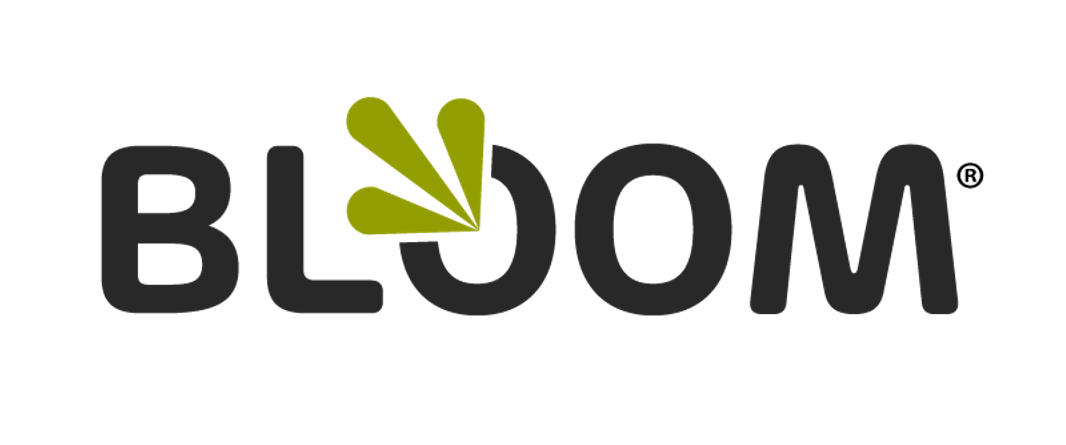How to Get Managers to Commit to Strategic Performance Management
Methods for Gaining Strategic Performance Management Buy-In
It’s relatively easy to recite pieces of performance reviews without really thinking about the function they serve or the value they provide. The purpose of performance management is to align employee efforts with business strategies for accurate performance evaluation and feedback for success. However, do you and your managers understand how certain performance management tools can be utilized to gain buy-in and support for the process? Below we have highlighted a few methods to consider.
Simple Forms. First, you want to keep the process and its implementation simple. Review forms and goals should focus on the bare essentials. For instance, in BLOOM® only objectives, measurements, and deadlines are tracked for each goal. Employees and managers can track progress notes for each goal. However, the progress is kept simple and precise in order to focus on clear expectations for success.
Forced Ranking. While this method can strike fear into some managers, the delivery of how it works is important to get right. A forced ranking system can improve the performance and potential of the collective organization. By ranking employees based on their performance and potential, the lower ranking employees are identified and, based on your organization's criteria for success, the lowest ranked employees are replaced with higher potential employees. This gains buy-in because it sets a standard for the performance required to keep the average expectation high, which is what high-performers like to see.
360 Reviews. 360 reviews gain buy-in to performance planning because it is not just the manager's opinion about an employee's performance - it is also the opinion of peers, direct reports, and customers. When an employee receives feedback from multiple sources, it is hard to argue lack of objectivity in the results. If you are just starting the 360 review process, it is important to get right. Know what you want to measure and be sure that those participating can give good input based on their interaction with the employee being reviewed. 360 reviews can be used to measure observed behaviors around core values of the organization, too - not just job performance. In all, they are a great input to performance planning and feedback process and help employees see themselves through others' eyes.
Measure Behaviors. Role descriptions and performance reviews should focus on the behaviors required for success. For example, if excellent customer service is a driver for a position's success, identify the behaviors and KPIs (Key Performance Indicators) that can be measured and make expectations clear. This also proves to the employee that you have thought through the formula for success in his/her position and that you have guidelines to offer for assistance. In BLOOM, these Key Results Areas are associated with role descriptions and then imported to each employee's performance review so that performance feedback is consistent and relevant every step of the way.
Individual Development Goals. Development goals gain buy-in because they provide focus on the top three to four areas for improvement that an employee can achieve for success. A person can focus on only so many things at once, so it is important to be realistic about both the number of goals and their complexity. Fewer goals mean a great ability for the employee to concentrate on each, which ultimately increases the likelihood of reaching them. This is helpful to gain credibility and understanding with employees on an individual basis.
Individual Performance Plans. Performance plans are different from development goals in that performance plans focus on the business-related strategies and action steps that an employee is responsible to meet for the organization. These responsibilities should align with the developmental goals assigned for the skills and talents needed to achieve the business strategies. This gains buy-in because employees directly see how their efforts and development tie in to the business's growth and achievements.
Regular Feedback. Checking in regularly helps employees and managers gauge how things are going between performance reviews. When the employee is on track, affirmations often inspire increased effort. When the employee is off track, corrective measures can be identified. Perhaps the greatest impact a manager can make in building credibility and relationship with an employee is to be skillful at providing open, honest, and trustworthy feedback. Delivered well, even bad news helps an employee know where they stand and removes the fear of the unknown.
Putting It All Together as Strategic Performance Management
Each of the above components must to work together in an integrated system for the performance management strategy to be effective and sustainable. We designed BLOOM® to incorporate each of the essential elements, which helps HR, managers, and employees stay on the same page.
Share Your Experience
What other elements would you add to the list?
